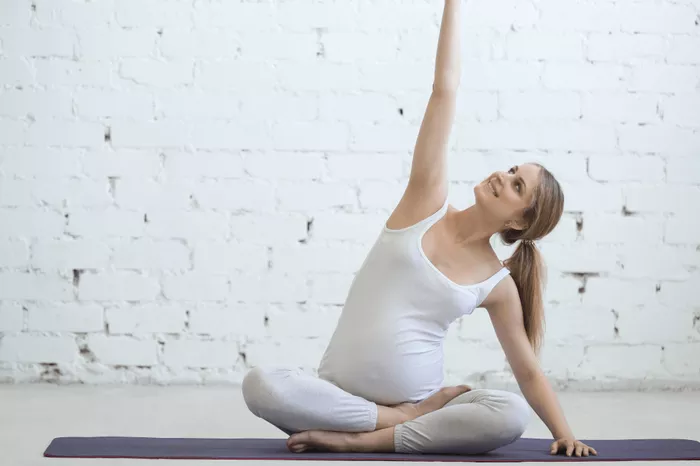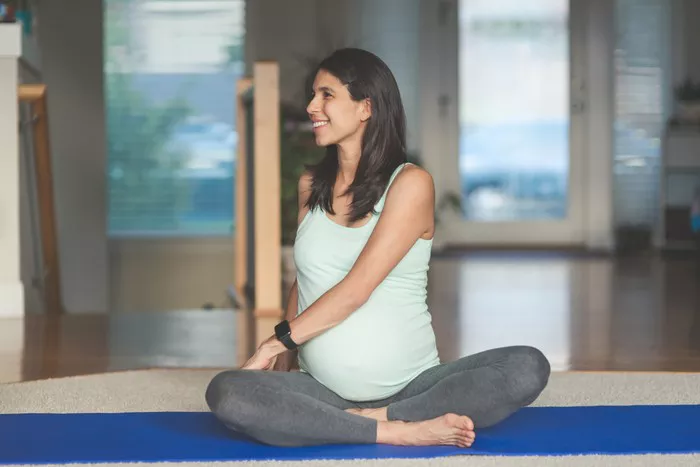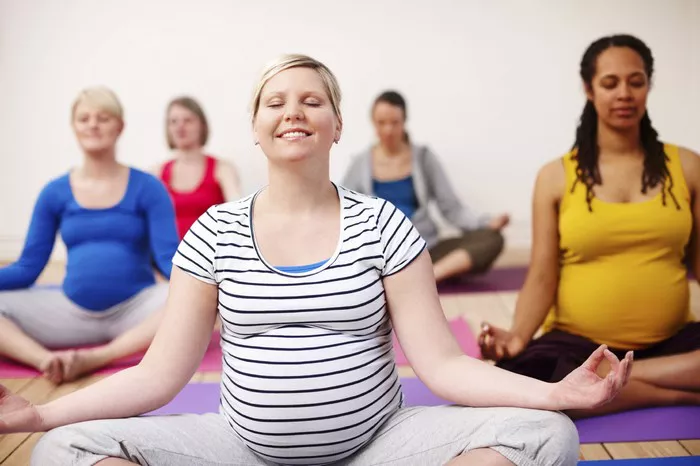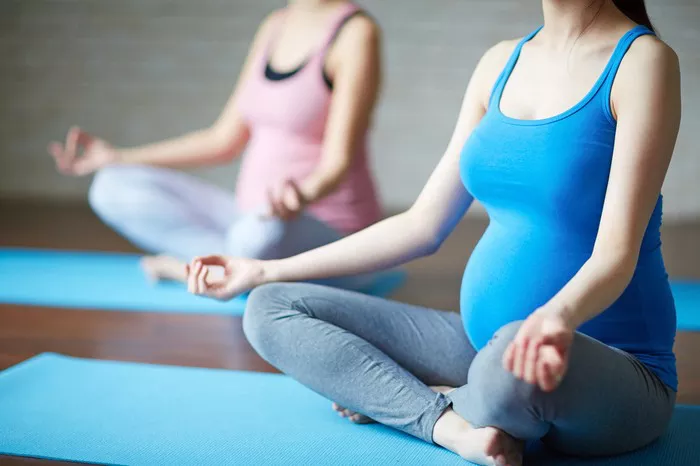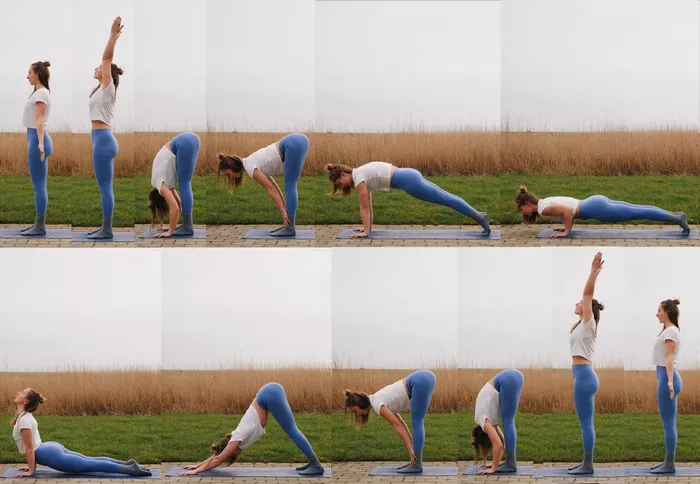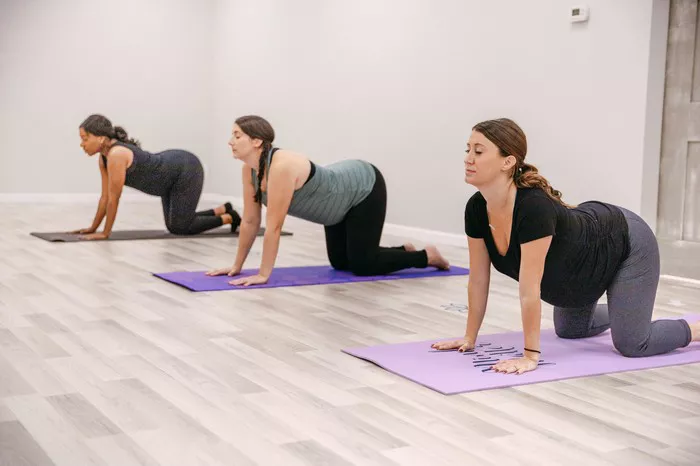Yoga is a deeply transformative practice that benefits people of all ages and fitness levels. While many envision yoga as a series of fluid poses on a mat, there’s a lesser-known aspect that significantly enhances the experience: yoga props. Props in yoga are tools designed to help practitioners perform poses with greater ease, stability, and alignment. These tools can include blocks, straps, bolsters, blankets, chairs, and even walls. The use of props can transform a yoga session from a physical workout into a more therapeutic and accessible practice.
Yoga with props is not about making the practice easier; rather, it’s about making it smarter. By reducing the strain on muscles and joints, props support practitioners in achieving proper alignment, thus preventing injuries. Props are especially beneficial for beginners, older adults, and individuals recovering from injury. However, even advanced yogis use props to deepen stretches and explore new variations of traditional poses.
The Origin of Prop-Based Yoga
The concept of using props in yoga was popularized by B.K.S. Iyengar, a revered yoga teacher and founder of Iyengar Yoga. Iyengar believed that yoga should be accessible to everyone, regardless of physical limitations. He introduced the systematic use of props to ensure that students could perform asanas (poses) safely and effectively. Over time, this approach gained widespread recognition and inspired the development of various yoga styles that incorporate props.
Iyengar Yoga remains the most well-known style that extensively uses props. However, other styles such as Restorative Yoga, Yin Yoga, and certain therapeutic yoga practices also employ props to varying degrees. These props not only assist in proper alignment but also encourage a deeper connection with the body and breath.
Types of Props Used in Yoga
Props can vary in material, shape, and purpose. Below is a list of commonly used yoga props and their specific functions:
- Yoga Blocks: Typically made from foam, cork, or wood, these blocks provide height and support in standing, sitting, and balance poses.
- Yoga Straps: These long belts help with stretching and achieving correct alignment, especially in poses requiring extended reach.
- Bolsters: Firm, cushion-like props that offer support in restorative and seated poses.
- Blankets: Used for cushioning joints, modifying poses, or providing warmth during relaxation.
- Chairs: Metal or wooden yoga chairs help in balance and inversion poses and are frequently used in therapeutic settings.
- Walls and Ropes: Integral in Iyengar studios, these provide stability and help in deepening poses or practicing inversions.
Using these props strategically allows practitioners to perform poses they might otherwise find difficult, and it encourages a safer, more supportive environment for growth.
Yoga Styles That Use Props
1. Iyengar Yoga
Iyengar Yoga is the foundational style when discussing the use of props. In this style, precision and alignment are of utmost importance. Classes often focus on fewer poses but with intense attention to detail, utilizing blocks, straps, and other props to ensure correct form.
Iyengar Yoga is ideal for individuals who want to understand the mechanics of each pose deeply. Props play a central role in making poses accessible, especially for those with injuries, limited mobility, or chronic conditions. This approach allows practitioners to hold poses longer and derive greater benefits from each one.
2. Restorative Yoga
Restorative Yoga emphasizes deep relaxation and stress relief. In this style, props are used generously to support the body in passive poses that are held for several minutes. The goal is not to stretch or strengthen but to relax completely.
Bolsters, blankets, blocks, and eye pillows are commonly used in Restorative Yoga to create a sense of comfort and security. This style is particularly beneficial for individuals dealing with anxiety, fatigue, or recovering from illness.
3. Yin Yoga
While Yin Yoga involves deep stretching and long-held poses, props play a subtle yet significant role. The purpose of using props in Yin Yoga is to support the body so that muscles can completely relax and allow the connective tissues to be gently stressed and lengthened.
Blocks, bolsters, and blankets are used to adjust the depth of poses and maintain them for extended periods without strain. Yin Yoga with props is particularly useful for increasing flexibility and joint mobility while cultivating a meditative state of mind.
4. Prenatal Yoga
Prenatal Yoga is tailored for pregnant individuals and often includes the use of props to accommodate the changing body. The emphasis is on gentle stretching, breath awareness, and relaxation.
Props like bolsters and blankets are employed to modify traditional poses, reduce pressure on the abdomen, and offer greater comfort. Chairs may also be used to provide extra stability and support. These modifications ensure safety for both the parent and the developing baby.
5. Therapeutic Yoga
Therapeutic Yoga integrates principles from physical therapy and traditional yoga to support individuals with specific health conditions. Props are crucial in this setting, offering customized support for recovery and healing.
In Therapeutic Yoga, practitioners may use chairs, straps, and bolsters to adapt poses to individual needs. The focus is often on gentle movements, breath control, and mindful awareness, making it suitable for managing pain, recovering from surgery, or addressing chronic illnesses.
Benefits of Using Props in Yoga
1. Enhanced Alignment
Props assist in achieving correct alignment, which is crucial for maximizing the benefits of each pose and avoiding injury. For example, a yoga block under the hand in Triangle Pose helps maintain an open chest and straight spine.
2. Increased Accessibility
Props make yoga accessible to people of all abilities. A strap can help someone with tight hamstrings reach their toes, while a bolster under the knees can alleviate back pain during Savasana.
3. Longer Pose Duration
With the support of props, practitioners can hold poses longer without fatigue. This allows for deeper exploration and internal awareness, particularly in restorative and yin styles.
4. Greater Confidence
Using props can boost confidence by enabling practitioners to experience the full expression of a pose without strain or discomfort. This psychological benefit can encourage consistency and commitment to practice.
5. Improved Safety
Props help distribute weight evenly and reduce the risk of overstretching or falling, especially in balancing or inversion poses. This makes yoga safer for people with injuries, limited mobility, or balance issues.
Common Misconceptions About Props
- “Props are only for beginners.”
Advanced practitioners also use props to deepen their practice and refine their technique. Props are tools for precision, not crutches for the inexperienced. - “Using props means I’m not doing real yoga.”
Yoga is about awareness and alignment, not about forcing the body into shapes. Using props often signifies a deeper understanding of the practice. - “Props interrupt the flow of the class.”
On the contrary, props can enhance the flow by making transitions smoother and poses more sustainable over time.
Tips for Incorporating Props into Your Practice
- Start Simple: Begin with a yoga block and strap. These are versatile tools that can support a wide range of poses.
- Follow Instruction: Attend classes that incorporate props, especially Iyengar or Restorative styles, to learn proper usage.
- Listen to Your Body: Use props as extensions of your intuition. If a pose feels strained, a prop might help ease the tension.
- Customize Your Practice: Don’t hesitate to adapt traditional poses with props to suit your body’s needs.
- Invest in Quality: Choose durable, comfortable props that will support your practice over time.
Conclusion
Yoga with props offers a profound way to deepen your practice, increase accessibility, and ensure safety. Whether you’re a beginner finding your footing or an experienced practitioner seeking refinement, props can elevate your experience on the mat. From the precision of Iyengar Yoga to the gentle support of Restorative and Prenatal Yoga, prop-based styles demonstrate that yoga is truly for every body. Embrace the tools available, listen to your body, and let your practice evolve with intelligence and compassion.
Related Topics:

